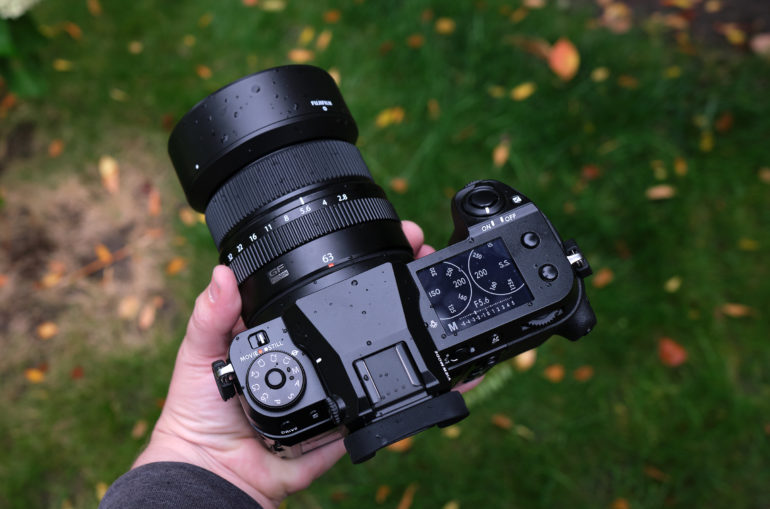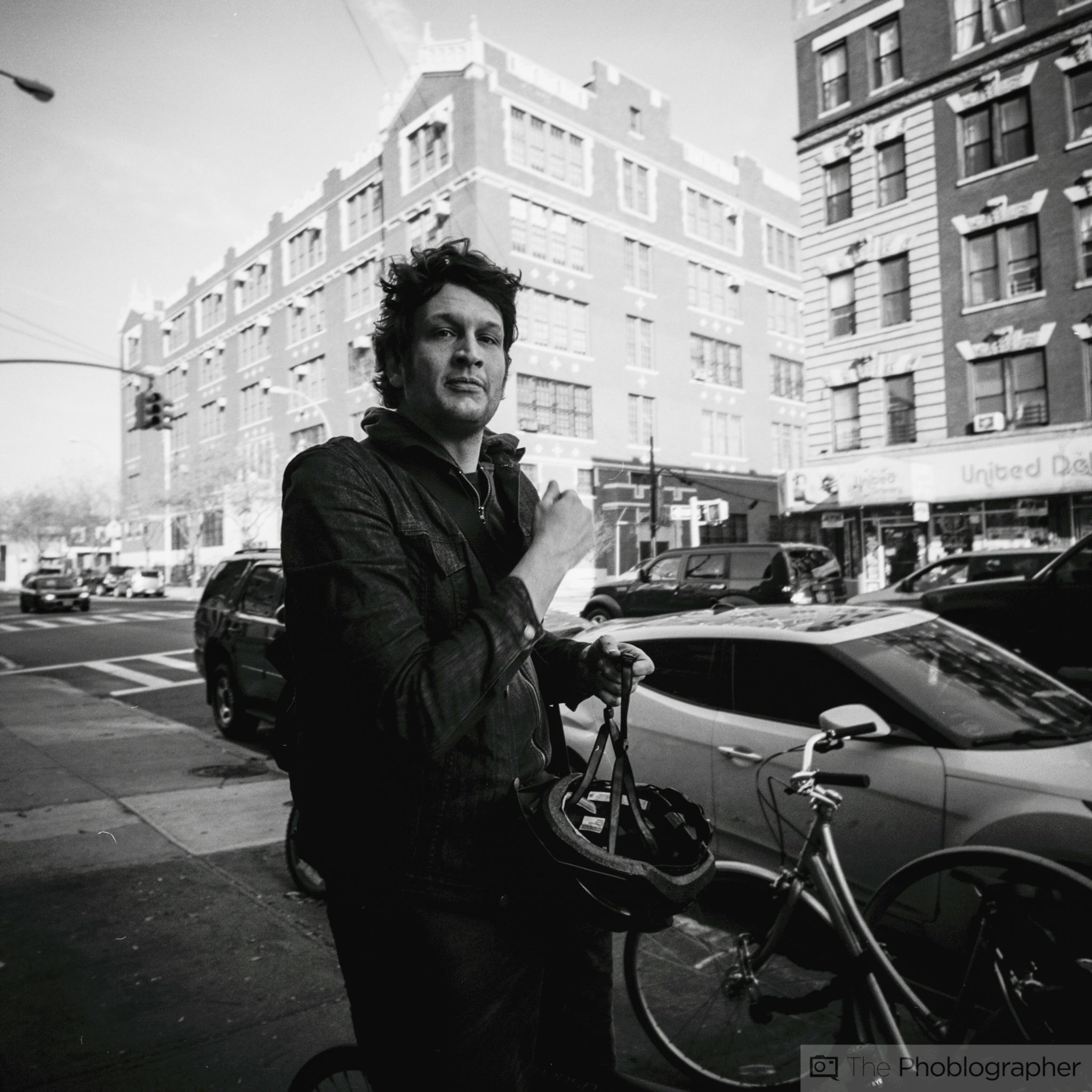Years ago, we reported on the possibility of Canon making a medium format camera with a square sensor. Today, I highly doubt Canon would do such a thing considering how conservative they are. While all the camera brands are busy running after content creators, they’re forgetting photographers in some ways. They’re also not realizing there needs to be cameras for photographers and cameras for content creators. Making a unit for both doesn’t always work out well. With that in mind, I think diversity of photography products needs to happen. To that end, square format sensors could be the next awesome thing!
“But why do that when you can just crop in post-production later on?” is what I’m sure many of you will say. Well, why add lighting to a scene when you could just do it in post-production? The truth is that it’s not the same effect at all. And with square format sensors, the intent comes when you’re creating in-camera and extends to creating in post-production.
A while back, I tested the Nikon Z9 and used the square format option. The RAW files came out square, but the scene wasn’t really shown to me in-camera as a square format. At least, Nikon didn’t too good of a job of making me compose that way. But for square format sensors to really exist and be used, camera companies need to let photographers compose and shoot that way a lot easier.
Luckily, I loved the photos. But even then, I think that if I had gotten a better prompt understanding the square format through the viewfinder, I probably would’ve done even better.
Composing square could be done using a rectangle LCD screen and an overlay. Things like the histogram, the white balance, the image quality type, the drive mode, and more could be in letterboxed areas on the sides. Think of it like the movies and TV shows. If you’ve seen Master of None season 3, you’ll know how the entire thing was shot in the 4:3 format. With square format sensors, you could do something similar.
The better thing is that photographers these days tend to just shoot in continuous burst modes at anything and everything. But square format could make us really slow down because we’re creating totally different.

While I’m talking about Nikon and Canon here, I don’t think that they’d be the best brands to do this. Instead, I think that Fujifilm and Hasselblad are the best contenders for square format imagery. The GFX and H camera systems have the same sensor that’s larger than a full-frame 35mm sensor. It’s not as large as 645 medium format, and in this case, that’s fine. The medium format sensor could be cut into squares instead and the cameras would use the same lenses as their current formats. What’s more, all the ergonomics needed for this experience are already all there.
So could this be commercially viable? I surely think so. I believe that it would be a higher end product for studio photographers wanting a specific experience. In the pandemic, we saw new photographers spend money on higher end cameras that they surely didn’t need. And those folks still exist. It’s all just about making them understand the nature of square format; and these days the photo industry seems to be sadly throwing away its history.


